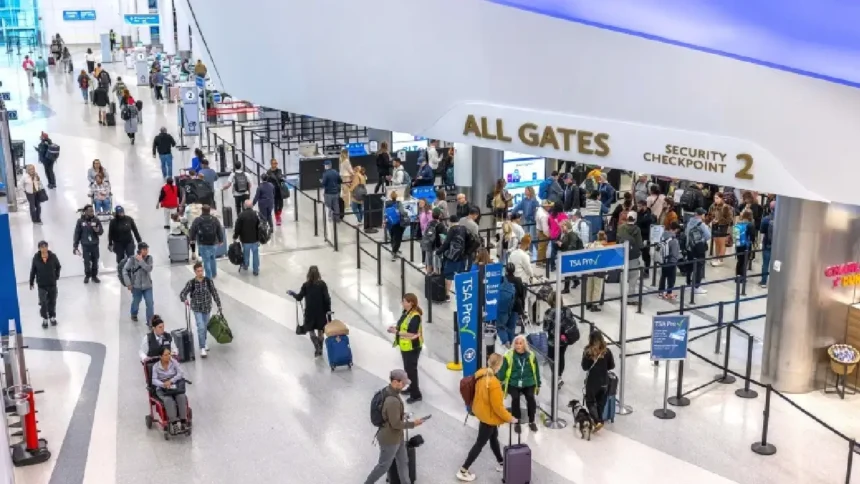Agencies move to restore normal service as staffing pressures ease
The Federal Aviation Administration announced it will lift the emergency order requiring flight reductions at 40 major U.S. airports, effective Monday morning, after stabilizing staffing concerns that erupted during a lengthy government shutdown.
Shutdown Triggered Reductions
The cuts were originally imposed amid sharp shortages of air traffic controllers, many of whom were working without pay during the shutdown. To ensure safety, the FAA mandated reductions at key airports, initially starting at 4 percent and escalating toward 6 percent — with plans for up to 10 percent cuts in the most extreme hours.
The order affected some of the nation’s busiest domestic markets and was part of an effort to manage airspace risk as controller fatigue and call-outs mounted.
Airlines Expected Largely Normal Ops to Resume
Major airlines had anticipated the policy change and told regulators they would not cancel additional flights after the lift. According to sources in the industry, carriers informed the FAA they planned to resume normal operations once the restrictions were removed.
Despite the FAA’s limits, actual cancellations at the affected airports had remained very low — far below the mandated cut rates, according to aviation‑analytics data. That suggested many flights weren’t strictly adhering to the cuts, raising questions about enforcement and compliance.
FAA Signals Improvement in Staffing
FAA Administrator Bryan Bedford said the decision reflects a “steady decline” in staffing concerns. The agency is still short of ideal staffing levels, but conditions have improved enough to warrant ending the cutback. In addition to easing flight restrictions, the FAA is lifting some limits on general aviation and certain space‑launch activities that had also been constrained.
Future Risk Still Present
Even with the rollback, the FAA acknowledged that staffing remains a serious issue: the controller workforce is still significantly below its target. The agency is reviewing reports of airlines operating above the prior mandated levels, and it reserves the right to impose fines for noncompliance.
The situation exposed how deeply air travel is tied to federal operations — and how fragile aviation capacity can become when essential government functions are disrupted.
Implications for Travel and Safety
-
Passenger Relief: Travelers can expect fewer disruptions, especially as airlines re-expand schedules.
-
Operational Normalization: Restoring capacity helps airlines plan more confidently and allows for smoother routing, capacity, and staffing decisions.
-
Safety Considerations: The decision underscores the FAA’s confidence that the risk of fatigue and understaffing has eased, though it continues to monitor controller availability.
-
Policy Lessons: The episode highlights the vulnerability of aviation operations to political and budgetary instability — and the importance of resilient staffing systems.
Final Thought
The FAA’s decision to lift mandated flight cuts offers a welcome reprieve for both airlines and travelers, marking a step toward recovery after turbulence caused by the government shutdown. But the underlying issues — stretched staffing, controller fatigue, and operational strain — remain. As air traffic returns to normal, the agency and carriers will need to remain vigilant to prevent a similar disruption from recurring.











